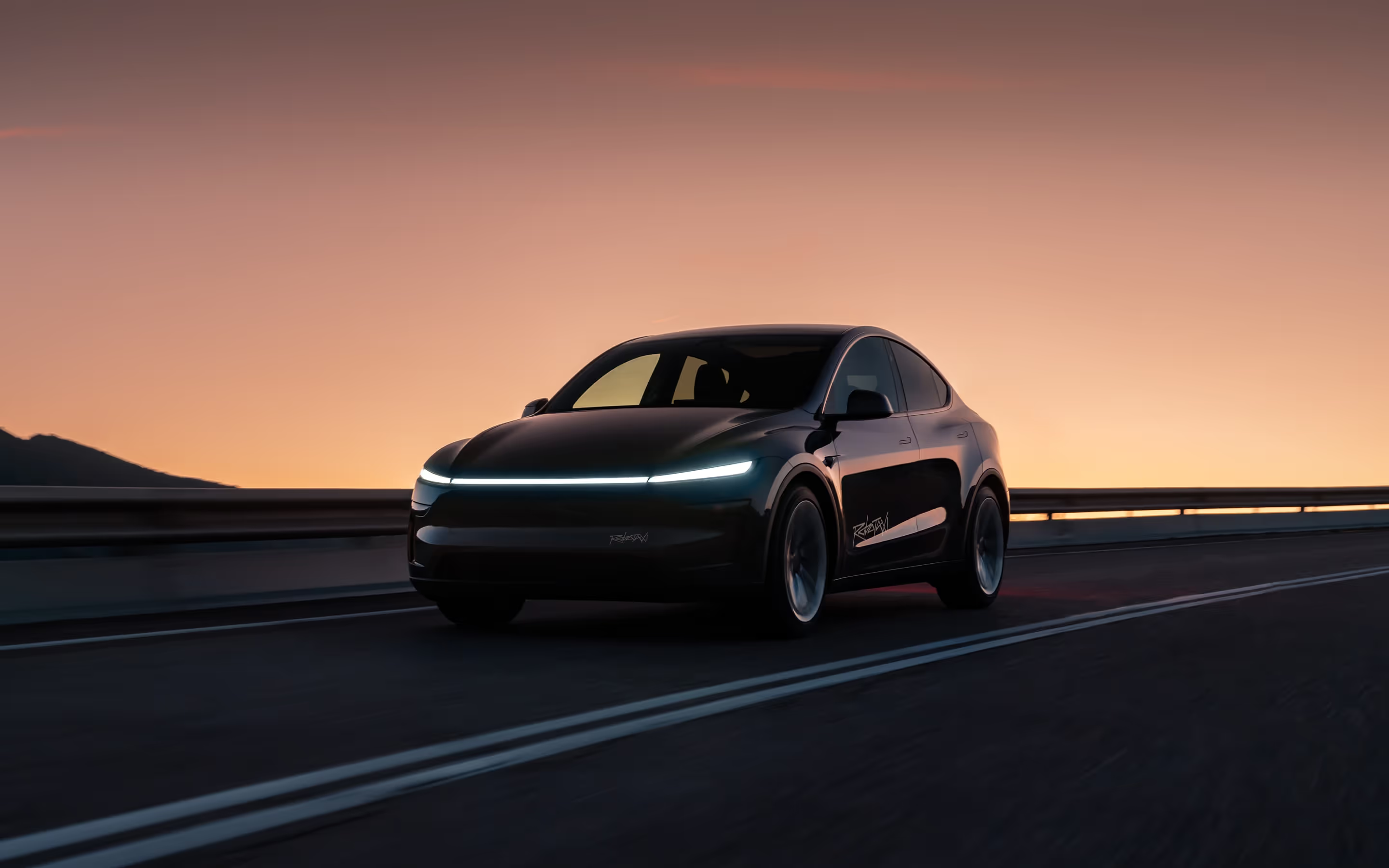As the automotive landscape continues to evolve, car subscription services are no longer a fringe concept or a siloed retail experiment—they are becoming a critical component of the wider retail ecosystem. The key to unlocking profitability lies in integrating subscription models organically into existing business operations, ensuring they complement traditional sales and leasing rather than competing against them.
Car subscription profitability is driven by optimizing the entire vehicle lifecycle, maximizing asset utilization, and reducing overhead costs through innovative frameworks. From repurposing end-of-lease vehicles to leveraging a hybrid rental-subscription fleet, these strategies enable businesses to achieve higher returns with greater efficiency. This guide explores best practices for aligning subscription services with the broader automotive retail landscape, ensuring they contribute to sustained profitability in 2025 and beyond.
By adopting these frameworks, businesses can capitalize on the growing demand for flexible vehicle access, retaining customers, and creating long-term value while minimizing operational risk. Let’s explore the steps that will allow your car subscription model to thrive within the wider automotive ecosystem.
1. Alternative Path to Purchase
.avif)
This model presents car subscription as a stepping stone towards vehicle ownership, creating a flexible alternative to traditional financing or purchasing. With this approach, users can subscribe to a vehicle for an initial period, allowing them to experience the vehicle and brand without the long-term commitment of ownership. Later, they can either continue with a subscription, move to financing, and ultimately purchase the vehicle. This option is particularly appealing for hesitant buyers, giving them a lower-risk entry point.
Automotive companies can offer this as part of a tiered customer journey, integrating subscription with their financing and sales departments. By capturing customers earlier in their decision-making process, OEMs and dealerships can provide a gradual transition from short-term use (subscription) to long-term ownership (finance and purchase). This model helps retain potential buyers who may otherwise be unsure about committing to a full purchase upfront. The key is to ensure smooth transitions between each stage of the process, backed by technology that tracks user preferences, usage, and payment history.
2. Flexible End of Lease Option
.avif)
At the end of a vehicle lease, customers are often faced with rigid options—typically to either buy the car, renew their lease with a new vehicle, or return it. This model introduces more flexibility, allowing customers to extend their lease on an ongoing subscription basis. This provides flexibility for customers who need more time to decide on their next vehicle or financial commitment, allowing them to continue driving their existing vehicle without a long-term obligation.
Dealers and leasing companies can integrate this flexibility into their existing leasing contracts, promoting subscription as an option at the point when the lease term ends. Digital platforms that manage lease agreements should also highlight subscription opportunities as a next step. Marketing campaigns could target end-of-lease customers with offers to subscribe to newer models or different types of vehicles that match their lifestyle changes, making the switch seamless and hassle-free.
3. Hybrid Subscription-Rental Model
.avif)
This approach leverages the same pool of vehicles for both rental and subscription purposes. This approach maximizes asset utilization by ensuring that vehicles are continuously in use, reducing idle time and improving fleet efficiency. Rather than dedicating specific vehicles to either rentals or subscriptions, businesses can dynamically allocate vehicles based on demand. By using one asset pool, companies reduce the likelihood of underutilized vehicles, which can sit idle in either service alone. Providers using this approach have recorded cost savings of up to 50%, with vehicles on longer term subscriptions requiring less operational expenditure.
Rental companies looking to diversify their revenue streams can implement this hybrid model by combining their existing rental infrastructure with subscription services. The key is creating a cohesive user experience across both offerings. A single digital platform should allow customers to transition seamlessly between rentals and subscriptions, tracking preferences and driving habits to personalize their choices. Fleets can also be optimized by dynamically allocating vehicles between rental and subscription pools based on demand.
4. Used Car Factory
.avif)
This framework emphasizes the role of car subscriptions in optimizing the lifecycle of a vehicle fleet. New car inventory can first be offered as a subscription model, where vehicles are maintained under strict conditions. Once the subscription period ends, these vehicles are then cycled into the used car market, creating a 'factory' pipeline from new to used car inventory. This ensures that vehicles remain within the business ecosystem for longer, extracting value at each stage of the vehicle’s lifecycle.
For businesses with large fleets, integrating this model into their operations can help maximize returns on inventory. By segmenting vehicles into different stages—new, subscribed, and used—fleet managers can more efficiently manage vehicle depreciation and maintenance costs. Subscription data, such as mileage and condition, can also help determine the right time to cycle vehicles into the used car market. The key is maintaining transparency with subscribers about vehicle conditions and offering them the first right to purchase at the end of their subscription period.
5. Lease Asset Lifecycle Extension
.avif)
This model focuses on extending the lifecycle of leased vehicles by transitioning them into a subscription service at the end of their lease. Subscription vehicles are typically expected to be lightly used, and across the Loopit network, the average age of a subscribed vehicle is 2.6 years—perfectly aligning with the end of a typical lease term. Instead of disposing of a vehicle or selling it as a used car once the lease ends, businesses can continue to generate revenue by offering it as a subscription vehicle.
To implement this strategy, leasing companies and OEMs can establish processes that move vehicles from a lease to a subscription phase as they near the end of their lease period. These vehicles, often still in excellent condition, are well-suited for subscription programs that prioritize lightly used vehicles. By doing so, companies can extract more value from each vehicle before disposal, prolonging its revenue-generating potential. Technology and tracking systems are crucial to monitor vehicle conditions, ensuring that they meet the expectations of subscription customers. This lifecycle extension also reduces the pressure on constantly acquiring new vehicles for subscription, as older lease assets can fill this role efficiently.
2025 and Beyond
Implementing these frameworks can help automotive businesses maximize fleet utilization, enhance customer satisfaction, and create new revenue streams. Whether through hybrid models, extended lifecycles, or offering more flexible ownership paths, car subscription services are proving to be an essential component of the mobility industry's future. For companies, the key is leveraging the right technology, data, and customer insights to execute these frameworks efficiently, driving both profitability and customer loyalty.






.webp)


